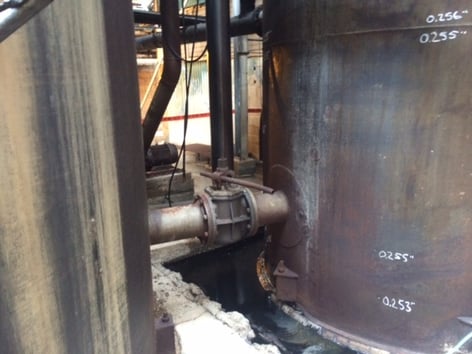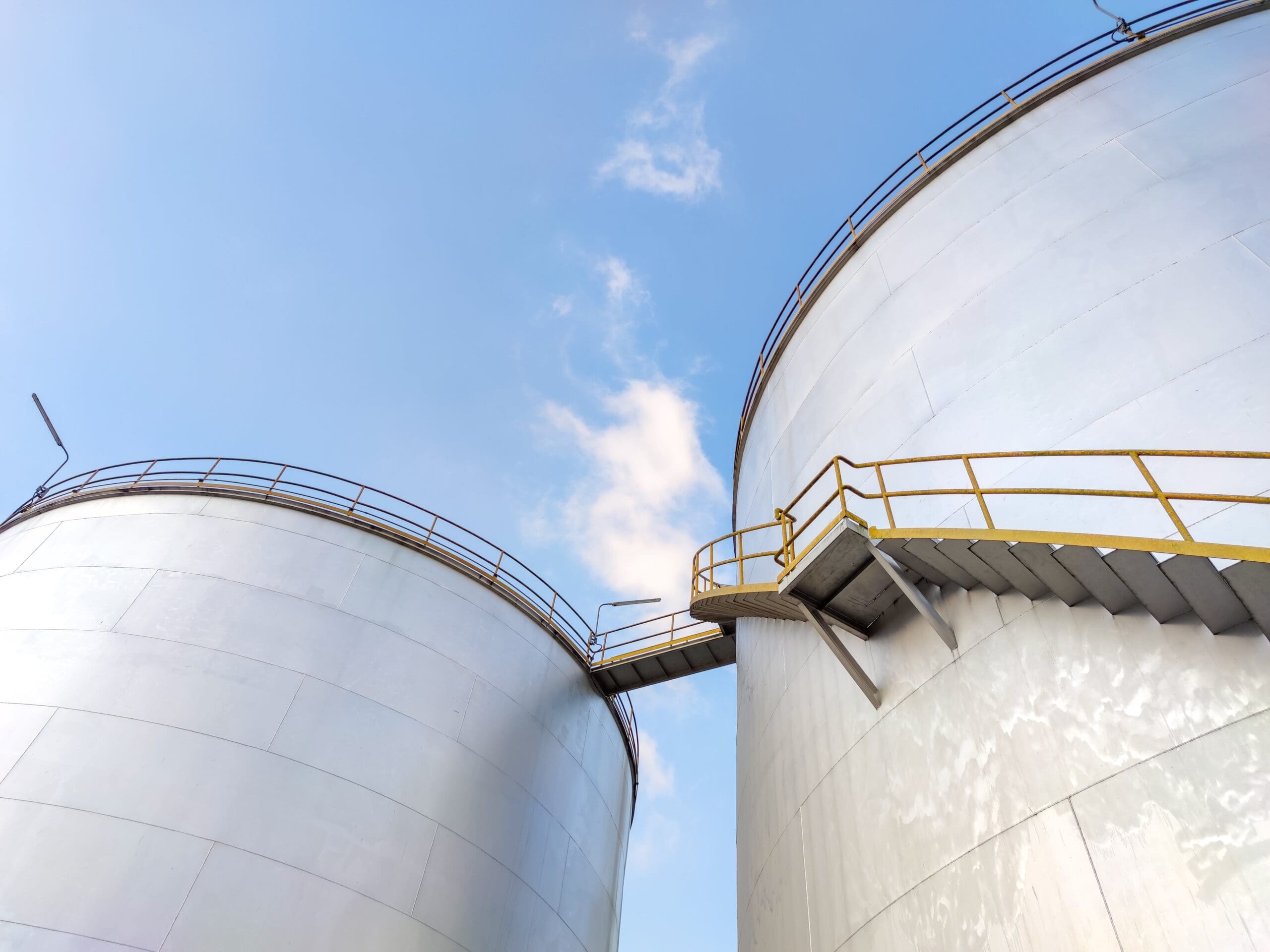A Detailed Introduction of Tank Welding Assessment Requirements and Methodologies for Improved Weld High Quality and Efficiency
The value of welding assessment criteria in the production of tanks can not be overstated, as they serve as the foundation for guaranteeing weld integrity and operational dependability. Various assessment techniques, including aesthetic analyses and progressed non-destructive screening techniques, are vital in recognizing prospective problems that might jeopardize performance.
Significance of Welding Examination Requirements

Welding inspection criteria incorporate a variety of requirements, including material specifications, welding treatments, and credentials of workers entailed in the welding process. By enforcing these criteria, companies can methodically determine and fix possible flaws, thereby decreasing the probability of expensive repair services or devastating failings. Moreover, strenuous assessment techniques cultivate a society of responsibility and accuracy, motivating welders to keep high levels of craftsmanship.

Common Welding Evaluation Methods


Ultrasonic Testing (UT) is an additional widespread method, making use of high-frequency sound waves to find interior flaws that may not be noticeable on the surface. This technique is especially efficient for determining gaps or additions within the weld metal. Magnetic Fragment Checking (MT) is likewise extensively utilized, specifically for ferromagnetic products, as it discloses surface and near-surface issues with the application of electromagnetic fields and ferrous fragments.
In Addition, Liquid Penetrant Testing (PT) identifies surface-breaking issues by applying a penetrant to the weld and after that using a developer to attract out the penetrant. Each of these strategies adds to an extensive assessment strategy, making sure that welds fulfill the stringent top quality criteria needed in tank building.
Regulative Requirements and Compliance
Regulatory standards and conformity are essential components in ensuring the security and reliability of welded frameworks in storage tank construction - Tank Welding Inspection. These requirements serve to develop minimum needs for product buildings, welding treatments, and evaluation techniques, therefore reducing the threat of structural failings and enhancing overall efficiency
Secret companies, such as the American Society of Mechanical Designers (ASME) and the American Welding Culture (AWS), offer standards that are extensively embraced in the industry. Conformity with these requirements not only makes certain adherence to finest techniques but also fulfills lawful and contractual obligations, securing the passions of stakeholders.
Governing bodies typically mandate adherence to certain codes, such as ASME Code Section IX for welding certifications and API 650 for welded containers. These codes detail demands for welding techniques, certifications of employees, and testing methods to confirm weld honesty.
Routine audits and examinations are critical to maintaining conformity, as they assist recognize deviations from established criteria. Non-compliance can cause substantial fines, task hold-ups, and safety dangers. Thus, a durable understanding of governing criteria pop over to this web-site and a commitment to compliance are paramount in achieving premium and long lasting bonded storage tank structures.
Non-Destructive Checking Techniques
Exactly how can the honesty of welded frameworks be ensured without creating damage? Non-destructive screening (NDT) methods provide a robust solution, enabling assessors to evaluate weld top quality without endangering the product - Tank Welding Inspection. Among the most usual NDT methods are ultrasonic screening (UT), radiographic testing (RT), magnetic particle screening (MT), and dye penetrant testing (PT)
Radiographic testing includes passing X-rays or gamma rays via the weld, creating photos that disclose structural defects such as cracks or gaps. This method is very useful for assessing the honesty of complex welds.
Magnetic fragment screening is suited for ferromagnetic materials, where electromagnetic fields disclose surface area and near-surface stoppages. Dye penetrant screening utilizes a fluid color to highlight surface-breaking imperfections, making it an efficient approach for non-porous materials.
Each of these NDT methods has unique benefits, permitting for detailed evaluations tailored to certain products and welding processes. By applying these strategies, sectors can make sure the dependability and security of welded structures, eventually improving total efficiency.
Enhancing Weld High Quality Through Examination
Efficient evaluation plays a vital role in improving weld high quality, functioning as a vital checkpoint in the manufacture process. By recognizing potential issues early, see this site examinations mitigate the risk of compromised architectural stability and ensure compliance with market standards. Employing a combination of visual evaluations, non-destructive testing (NDT) techniques, and mechanical assessments, assessors can discover problems such as porosity, splits, and incomplete combination.
Implementing a robust inspection procedure not only enhances the total quality of welds but additionally cultivates a culture of responsibility among welders and fabricators. Regular training and certification of examination personnel ensure that they are equipped with the required skills to acknowledge and attend to potential troubles properly. This proactive method reduces rework and connected expenses, eventually adding to predict performance.
Additionally, extensive paperwork of examination searchings for offers important insights into persisting problems, assisting in continuous improvement in welding methods. By leveraging advanced modern technologies, such as automated ultrasonic testing or digital radiography, weld top quality can be enhanced with much more specific analyses. To conclude, a rigorous inspection process is indispensable in accomplishing high-grade welds, ensuring safety, visit the website integrity, and longevity in tank manufacture.
Final Thought
In final thought, the application of strenuous storage tank welding evaluation requirements and methods is vital for guaranteeing weld integrity and efficiency. By utilizing a mix of aesthetic inspections, non-destructive testing methods, and adherence to regulatory requirements, organizations can properly determine and minimize prospective problems.